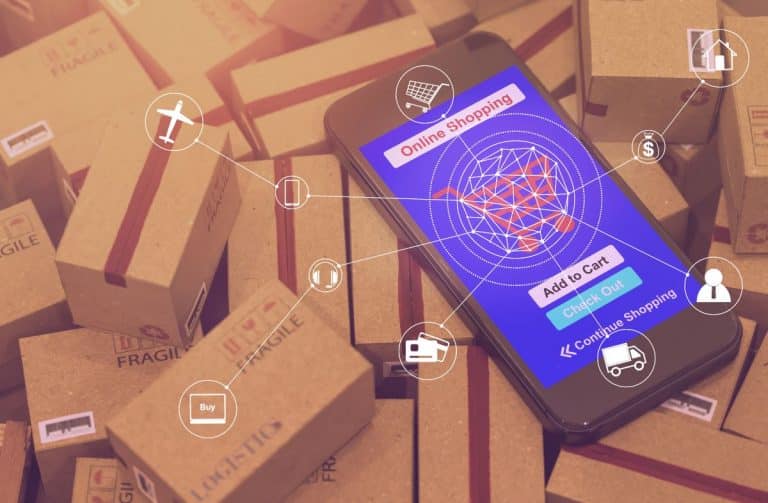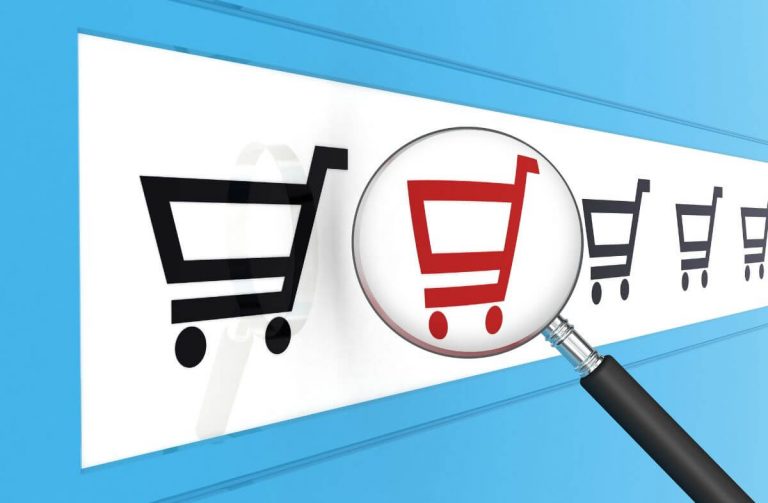Just because people can’t physically steal from online retailers doesn’t mean they can’t invade your business through fraudulent activities. In fact, about $20 billion in eCommerce losses were reported in the US — in 2021 alone.
If you manage or own an eCommerce marketplace, it’s absolutely crucial that you secure your business against online criminals with eCommerce fraud protection.
In this guide, we’ll tell you everything you need to know about eCommerce fraud prevention and 10 strategies that will keep your business safe.
What is eCommerce Fraud?
eCommerce fraud refers to when online hackers and scammers block and intercept transactions that happen in an online store. They can do this through a variety of methods that can steal money from either the merchant, the customer, or both.
As the world becomes more and more reliant on online transactions, scammers are finding new and creative ways to hijack customer data and commit fraud.
eCommerce fraud mitigation is not a one-time event. You must continually be vigilant and update your online platform’s security to keep up.
12 eCommerce Fraud Protection Strategies
Many business owners don’t begin implementing fraud protection for eCommerce until it’s too late. It’s always better to start being prepared and aware of different signs of fraud.
Let’s take a look at 10 different strategies that you can use for your online marketplace today.
1. Review Abnormal and Risky Orders
If you receive orders that seem odd or risky, it’s best to reach out to the customer to prove their legitimacy. Some examples of red flags include:
- Low-value orders from unusual IP locations
- Several orders placed in a row
- Different billing and shipping addresses
- Obscure shipping locations
- Abnormally large orders
If the customer doesn’t reply to your inquiry, there’s a good chance that the order was made from stolen data. You can also take a look at the customer’s order history to see if there are any odd patterns.
2. Limit Order Quantity
Orders that involve a high quantity of products can also be a red flag for scammers. You can up your eCommerce payment protection by limiting the number of products a customer can buy in a single day.
To do this, go back through your purchase data to determine the average number of products you typically sell. Then, set a limit to the number that can be sold at a single time based on this number.
3. Clearly State Your Business Policies On Your Website
It’s not only important to clearly state your policies for your customers to understand your business practices, but it’s also a way to help customers understand how to prevent fraud.
Some things your business should include are:
- A strong password policy to prevent scammers from hacking into customer accounts
- A return policy to clarify chargebacks and refunds
- Promotion and rewards policies to prevent fraud that may happen during promotions
The clearer you can make your policy, the better you’ll protect yourself against future fraudulent activity.
4. Use Address Verification Service (AVS)
Address verification system (AVS) helps verify your customer’s billing address with the card that they are purchasing with. This can help detect any suspicious transactions that happen in real time and increase price anomalies mitigation.
5. Require Card Verification Value (CVV) for Purchases
Requiring a card verification value (CVV) for purchases requires customers to add the three-to-four digit number as a required field. This adds an extra layer of security so that fraudsters can’t make purchases with just the front of a credit card.
This is one of the most popular forms of payment and fraud protection.
6. Use Other Verification Software
Although AVS and CVV are two of the most popular verification software out there, there are several others that you can use to enhance your eCommerce fraud management.
Some verification systems include:
- Email verification
- Customer Order History
- 3-D secure authentication
- Telephone number verification
- Postal Address Validation Services
- Blacklists
- Payment protection
These extra steps can help you secure your platform against fraud.
7. Conduct Regular Site Security Audits
Make sure to conduct audits on your website regularly. Go through all of your plugins and make sure they are updated to the latest version. Here’s an example of an audit checklist:
- Check if shopping-cart software is up-to-date
- Check if your SSL certificate is working correctly
- Check how often you are backing up your store data
- Remove any inactive plugins
- Update strong passwords for every account
- Regularly scan for malware
There are also several eCommerce fraud protection services available that can help take care of everything for you. Things are constantly changing in the online world. It’s important to keep up.
8. Avoid Collecting Too Much Customer Data
One general rule of thumb is to never collect more customer data than you actually need to run your business efficiently. If there is ever a data breach in your store, hackers will only be able to take the data that is there, so the less, the better.
Avoid collecting any sensitive data like Social Security numbers, birth dates, and more.
9. Use Hypertext Transfer Protocol Secure (HTTPS)
HTTP is the main protocol used to send data between a web browser and your store. HTTPS is the more secure version of it. It encrypts data which can protect sensitive information from hackers. Use HTTPS by purchasing an SSL certificate.
10. Avoid Non-Physical Shipping Addresses
Fraudsters often use PO boxes or other anonymous locations to avoid being detected or having their physical address found. Avoid shipping any orders to PO boxes or other virtual addresses to avoid any fraudulent activity.
11. Implement Multi-Factor Authentication
Multi-factor authentication (MFA) is a robust security measure that adds an extra layer of protection to customer accounts during the payment process. By requiring users to provide two or more forms of identity verification, such as a password and a one-time code sent to their mobile device, MFA helps prevent unauthorized access and fraudulent transactions.
12. Stay Informed About Emerging Payment Methods
The payment landscape is constantly evolving, with new payment methods like digital wallets, cryptocurrencies, and buy now, pay later (BNPL) options gaining popularity. Stay informed about these emerging payment options and integrate them into your eCommerce platform to cater to a wider range of customers.
Take Control of Your Marketplace
eCommerce fraud protection is an ongoing process that never ends. As long as you’re selling products on the internet and there’s money involved, hackers will try to find new and innovative ways to invade your store’s data.
If you’re an online marketplace looking to identify reputable sellers, detect fraudulent prices and remove suspicious listings before customers get to payment, book a free demo today!




